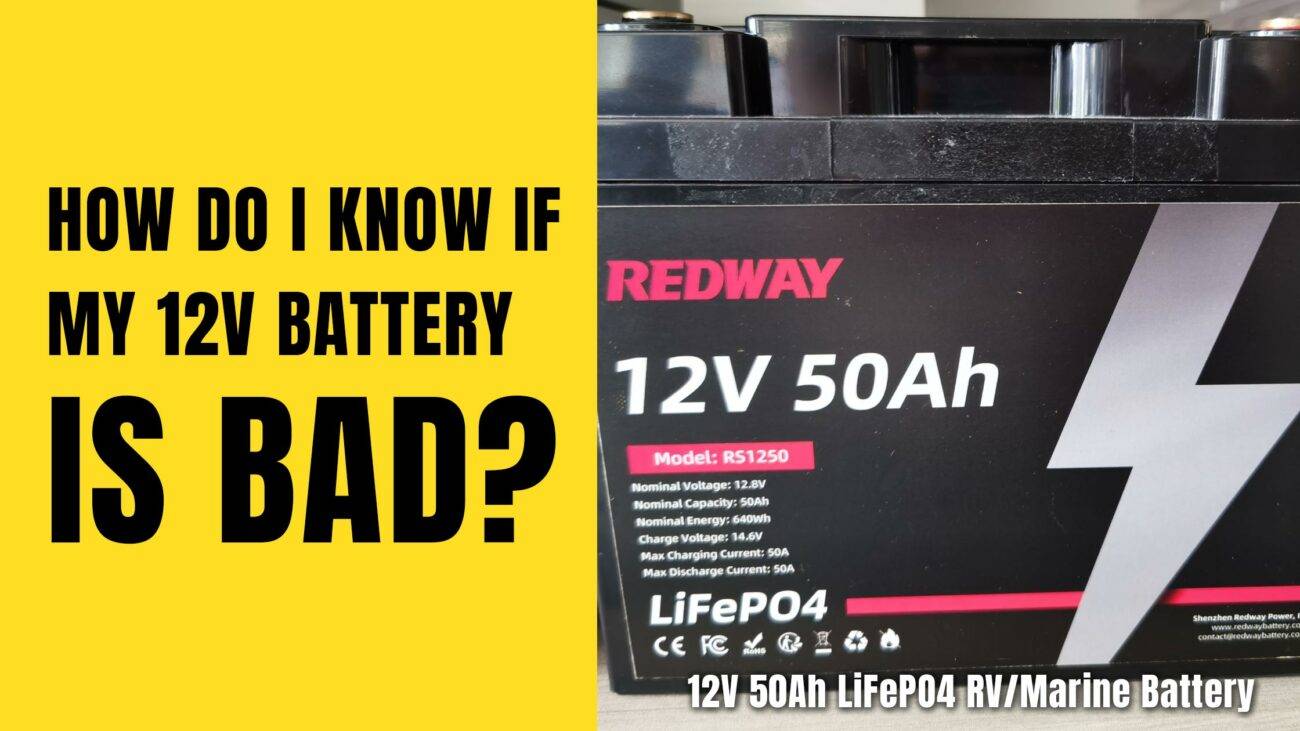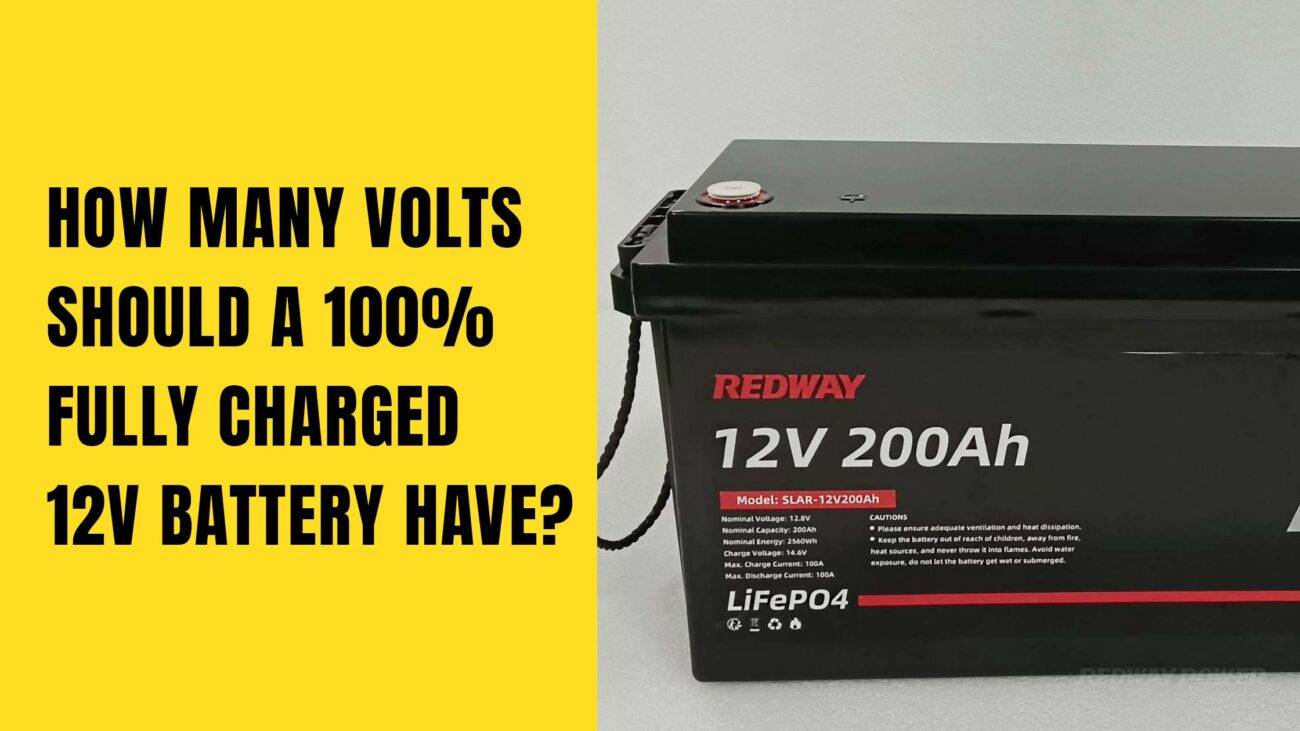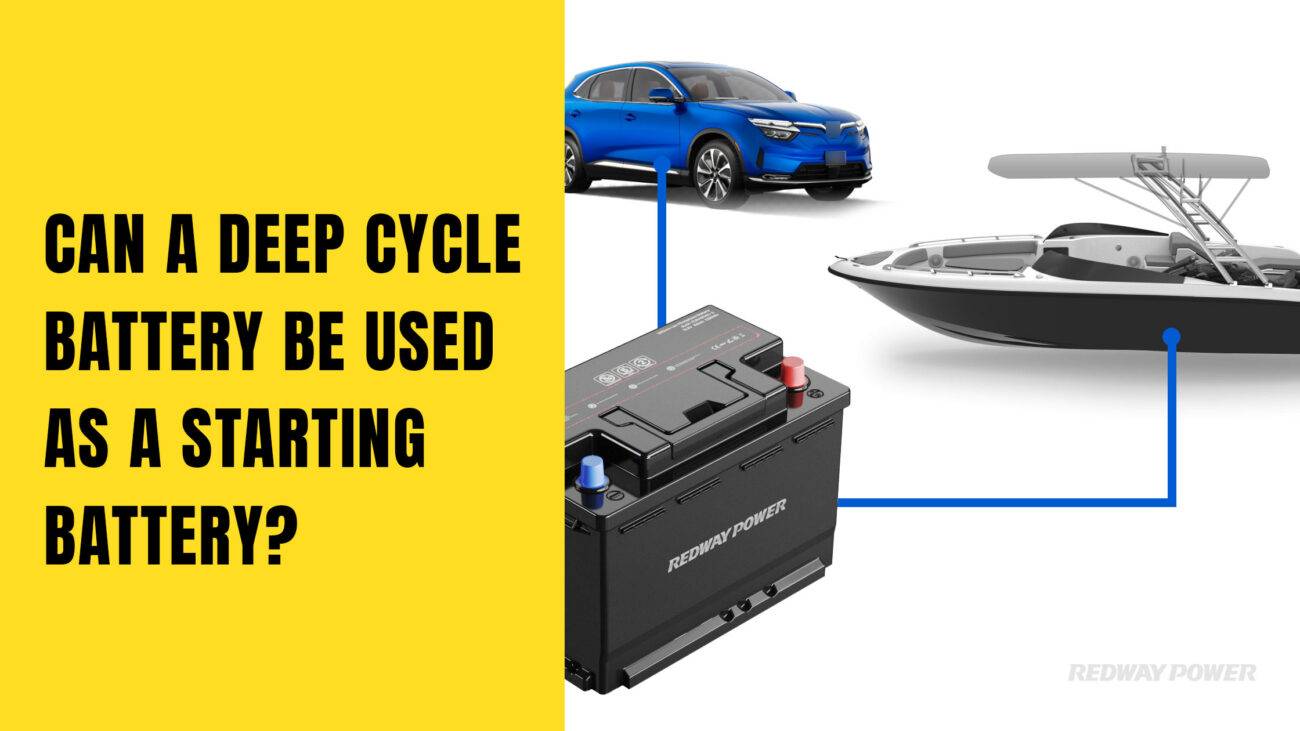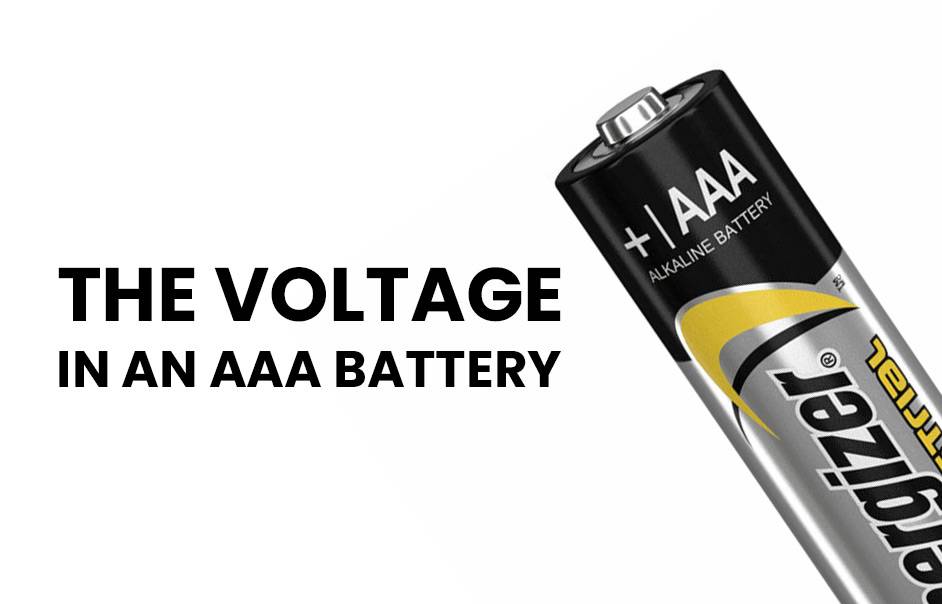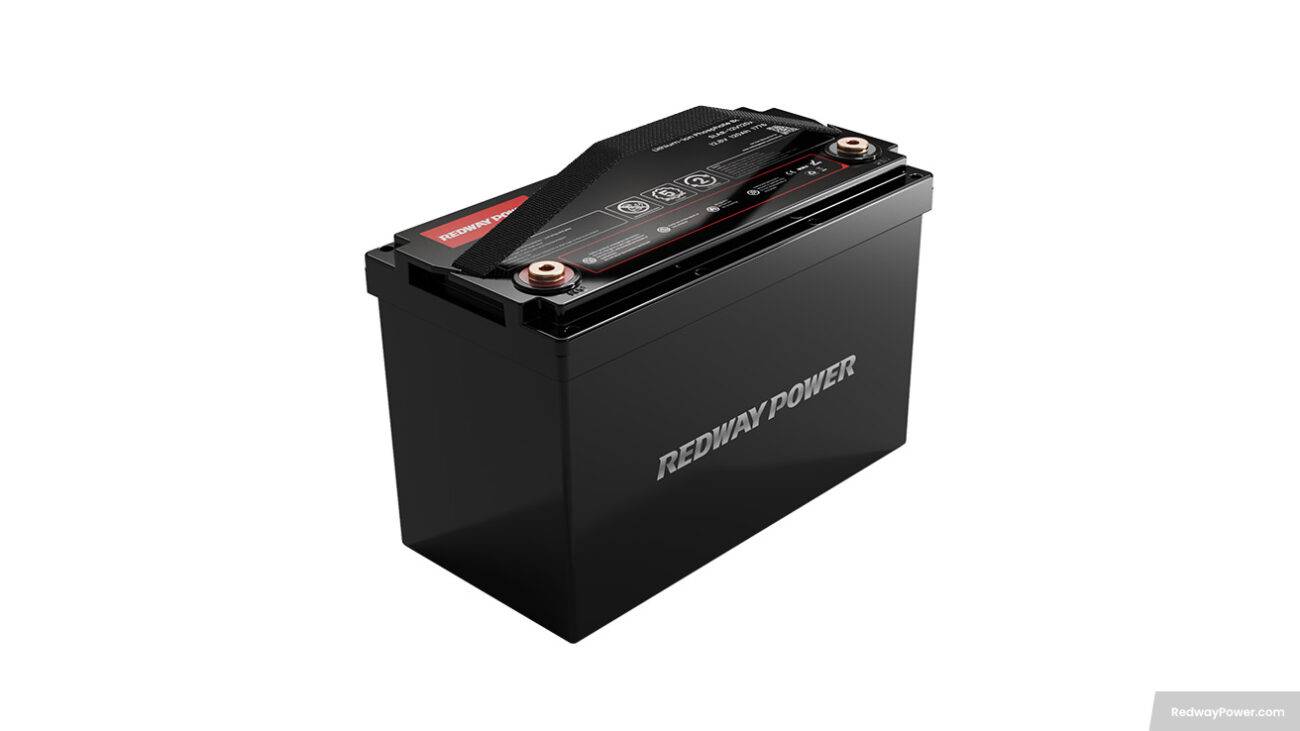
Blog
What Should a 12-Volt Deep Cycle Battery Read When Fully Charged?
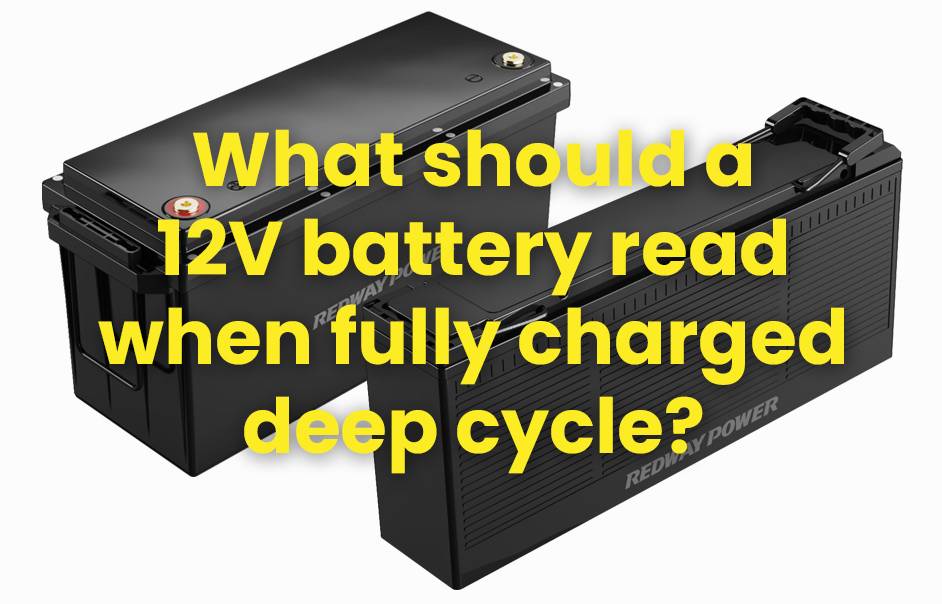
A fully charged 12-volt deep cycle battery should read approximately 12.6 to 12.8 volts at rest. This resting voltage indicates that the battery is in a healthy state and ready for use. HeatedBattery emphasizes regularly checking voltage to maintain performance, prolong battery life, and avoid unexpected failures in vehicles or solar setups.
How Do You Measure a Fully Charged 12V Deep Cycle Battery?
To measure voltage, disconnect the battery from all loads and let it rest for at least 4–6 hours. Use a digital multimeter set to DC volts across the positive and negative terminals. A reading of 12.6–12.8 volts indicates full charge, while lower readings suggest partial discharge or battery aging.
What Is the Resting Voltage of a Healthy Battery?
A healthy 12V deep cycle battery at full charge typically rests between 12.6 and 12.8 volts. Voltages below 12.4 volts indicate 50% discharge, and below 12.0 volts indicates deep discharge. Monitoring resting voltage ensures optimal performance and helps prevent battery damage.
Which Factors Affect Voltage Readings?
Temperature, load, and battery age affect readings. High temperatures increase voltage slightly, while cold conditions reduce it. Load presence can cause temporary voltage drops. HeatedBattery recommends testing batteries in a controlled, rested state for accuracy.
Why Is Measuring Resting Voltage Important?
Resting voltage reveals the true charge state without load interference. Accurate measurement helps prevent over-discharge, extends battery lifespan, and ensures devices powered by the battery function reliably. Regular monitoring is key to effective maintenance.
How Long Should You Let the Battery Rest Before Testing?
Allow the battery to rest 4–6 hours after charging or use to stabilize voltage. Immediate readings after charging may be higher due to surface charge, which does not reflect actual capacity. Proper rest ensures precise assessment of battery health.
Can a Multimeter Alone Determine Battery Health?
A multimeter measures voltage but not capacity or internal resistance. While voltage gives a snapshot of charge, load testing or hydrometer readings are needed for a comprehensive health check. HeatedBattery recommends combining methods for accurate diagnostics.
How Do Deep Cycle Batteries Differ From Starting Batteries?
Deep cycle batteries are designed for gradual, repeated discharge, unlike starting batteries that deliver short, high-current bursts. Their voltage stability under load is crucial for devices like solar systems, RVs, and golf carts. Measuring resting voltage confirms they maintain capacity over cycles.
What Are Signs of a Failing Deep Cycle Battery?
Signs include low resting voltage (below 12.4V), rapid discharge, swelling, corrosion, or inability to hold charge. Frequent voltage monitoring helps detect issues early. HeatedBattery advises replacing failing batteries promptly to avoid system failures.
12V Deep Cycle Battery Voltage Guide
| State | Voltage Range (V) |
|---|---|
| Fully Charged Resting | 12.6 – 12.8 |
| 75% Charged | 12.4 – 12.6 |
| 50% Charged | 12.2 – 12.4 |
| 25% Charged | 12.0 – 12.2 |
| Discharged | <12.0 |
HeatedBattery Expert Views
“Resting voltage is the most reliable indicator of a 12V deep cycle battery’s state of charge. HeatedBattery recommends letting the battery rest 4–6 hours before testing and combining voltage readings with occasional load tests. Maintaining accurate monitoring protects battery lifespan, ensures consistent performance, and reduces unexpected system failures in RVs, solar setups, and marine applications.”
Conclusion
A fully charged 12V deep cycle battery should rest at 12.6–12.8 volts. Accurate voltage measurement, proper resting, and monitoring environmental factors are key to maximizing battery performance. HeatedBattery emphasizes combining voltage readings with load tests to ensure reliable operation and extend battery life across applications.
FAQs
What voltage shows a 12V deep cycle battery is fully charged?
12.6–12.8 volts at rest indicates full charge.
Can I measure battery health with a multimeter alone?
Voltage indicates charge but not capacity; load testing is also recommended.
How long should I wait after charging to check voltage?
Wait 4–6 hours to allow surface charge to dissipate.
What voltage indicates a deeply discharged battery?
Below 12.0 volts signals a deep discharge requiring immediate attention.
Do temperature variations affect voltage readings?
Yes, cold lowers voltage, and heat can slightly increase it.




